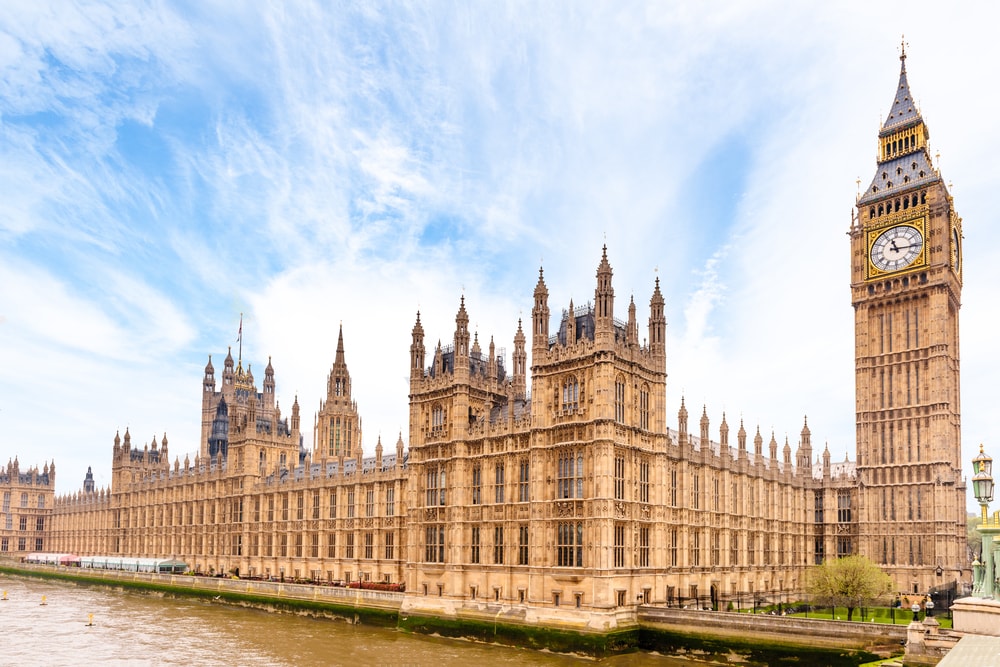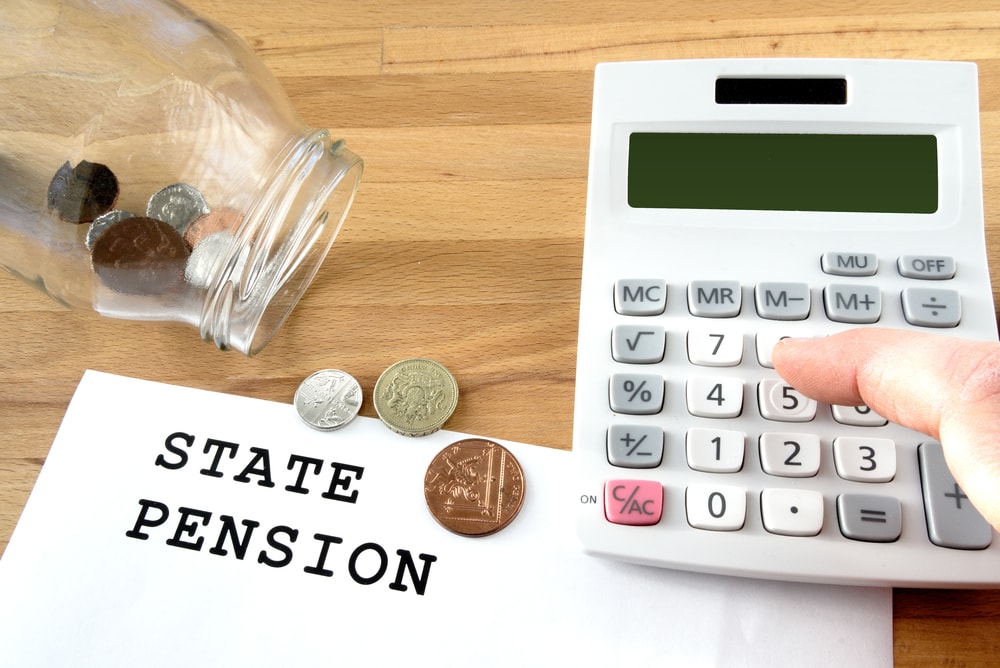Roughly 1.75 million low earners in net pay pension schemes are missing out on up to £111m of pensions tax relief, research from Now Pensions has found.
The number of people is almost half a million more than previously expected, following an increase in the personal allowance from £11,850 to £12,500 in April 2019, increasing the amount of tax relief workers missing out on from £34.91 to £63.64 a year.
The issue affects workers who earn more than the auto-enrolment threshold of £10,000 a year, but who are under the income tax threshold of £12,500 a year.
According to the provider, three quarters of the workers are women in low-paid or part-time roles.
Now Pensions director, Adrian Boulding, said: “When giving evidence to the Work and Pensions Committee, John Glen MP claimed that it was not cost-effective, for the Treasury to address this anomaly. But the reality is that the Treasury are saving themselves £111m every year by leaving this unresolved.
“All savers should receive tax relief regardless of the type of scheme they are in and without urgent action there’s a real danger that confidence in pension saving, and auto enrolment, will be seriously undermined.”
In April, the government has reiterated its position on the net pay anomaly, after it said that it is “not cost effective” to reform pensions tax relief which could see workers miss out on up to £111m a year.
Responding to questions from the Treasury Committee last Friday, 26 April, Chancellor Philip Hammond said that he is “not sighted to small detail”, but that it would be a “challenge” to intervene in a cost-effective manner where it cannot be done automatically.
Now Pensions has committed to topping up the tax relief shortfall for those affected and has launched a government petition to “end this discrepancy”.
Trade Union Congress deputy general secretary, Paul Nowak, said: “It’s not right that many low-paid workers – mostly women – are missing out on this pensions tax relief.
“The government needs to stop turning a blind eye and ensure all low earners get the same benefit – regardless of what type of scheme their employer chooses.”
Under a net pay scheme, pension contributions are deducted from pay before tax has been taken off, while relief at source schemes take contributions after tax has been deducted.
HMRC will then send tax relief back to the scheme at a basic rate of 20 per cent.
Most occupational pension schemes operate on a net pay basis, while contract-based schemes tend to use work on relief at source.
Latest News
-
Looking back: Top 20 most read stories of 2025
-
‘Growing minority’ of pension savers turning to newer digital channels
-
Border to Coast deploys more than £1bn across private markets programme
-
Looking back: The Pensions Age 2025 DEI focus
-
This week in pensions: 15-23 December
-
Looking back: 2025 - The year of the big pension overhaul
Private markets – a growing presence within UK DC
Laura Blows discusses the role of private market investment within DC schemes with Aviva Director of Investments, Maiyuresh Rajah
The DB pension landscape
Pensions Age speaks to BlackRock managing director and head of its DB relationship management team, Andrew Reid, about the DB pensions landscape
Podcast: From pension pot to flexible income for life

Podcast: Who matters most in pensions?

In the latest Pensions Age podcast, Francesca Fabrizi speaks to Capita Pension Solutions global practice leader & chief revenue officer, Stuart Heatley, about who matters most in pensions and how to best meet their needs
© 2019 Perspective Publishing Privacy & Cookies










Recent Stories